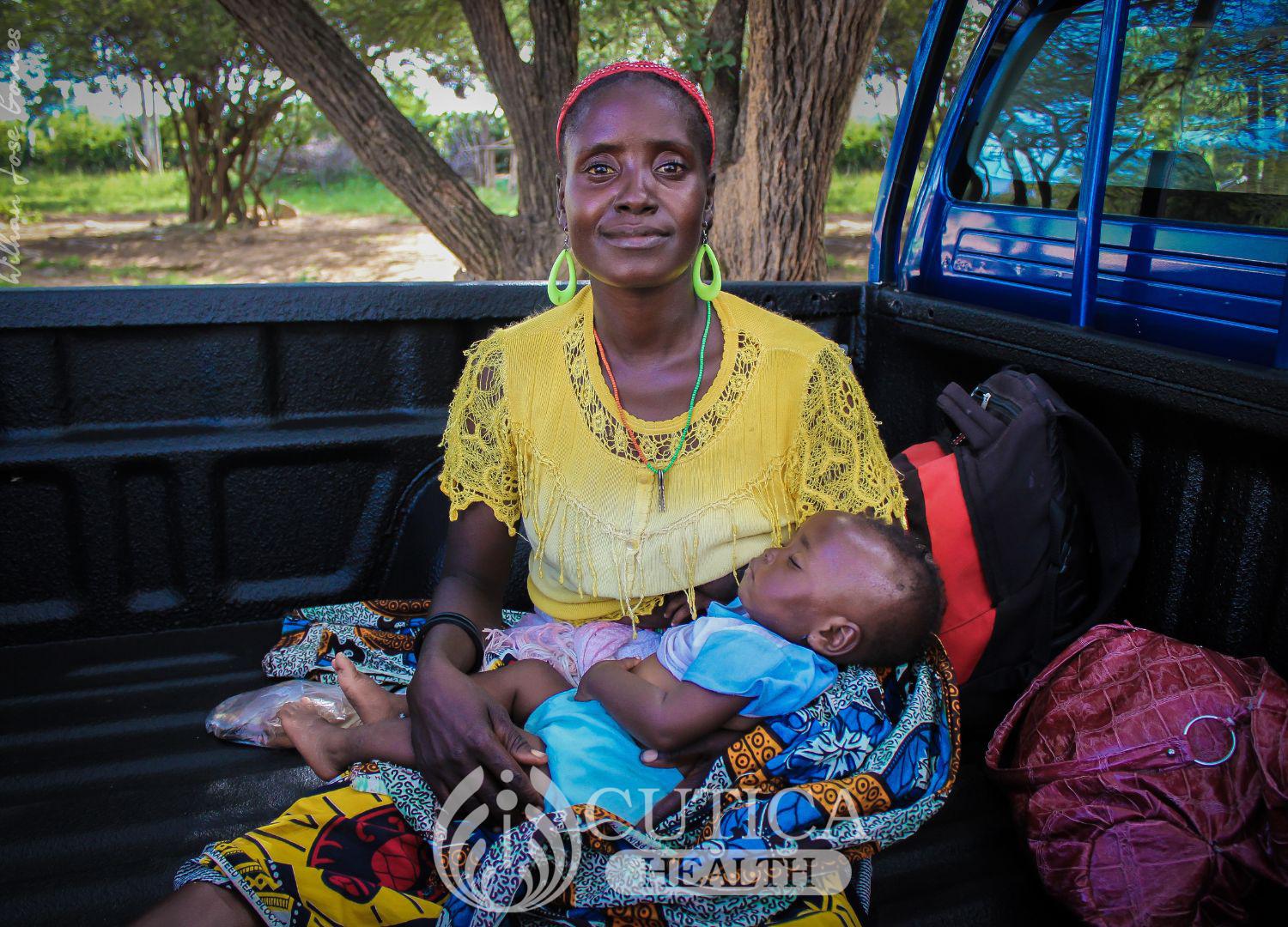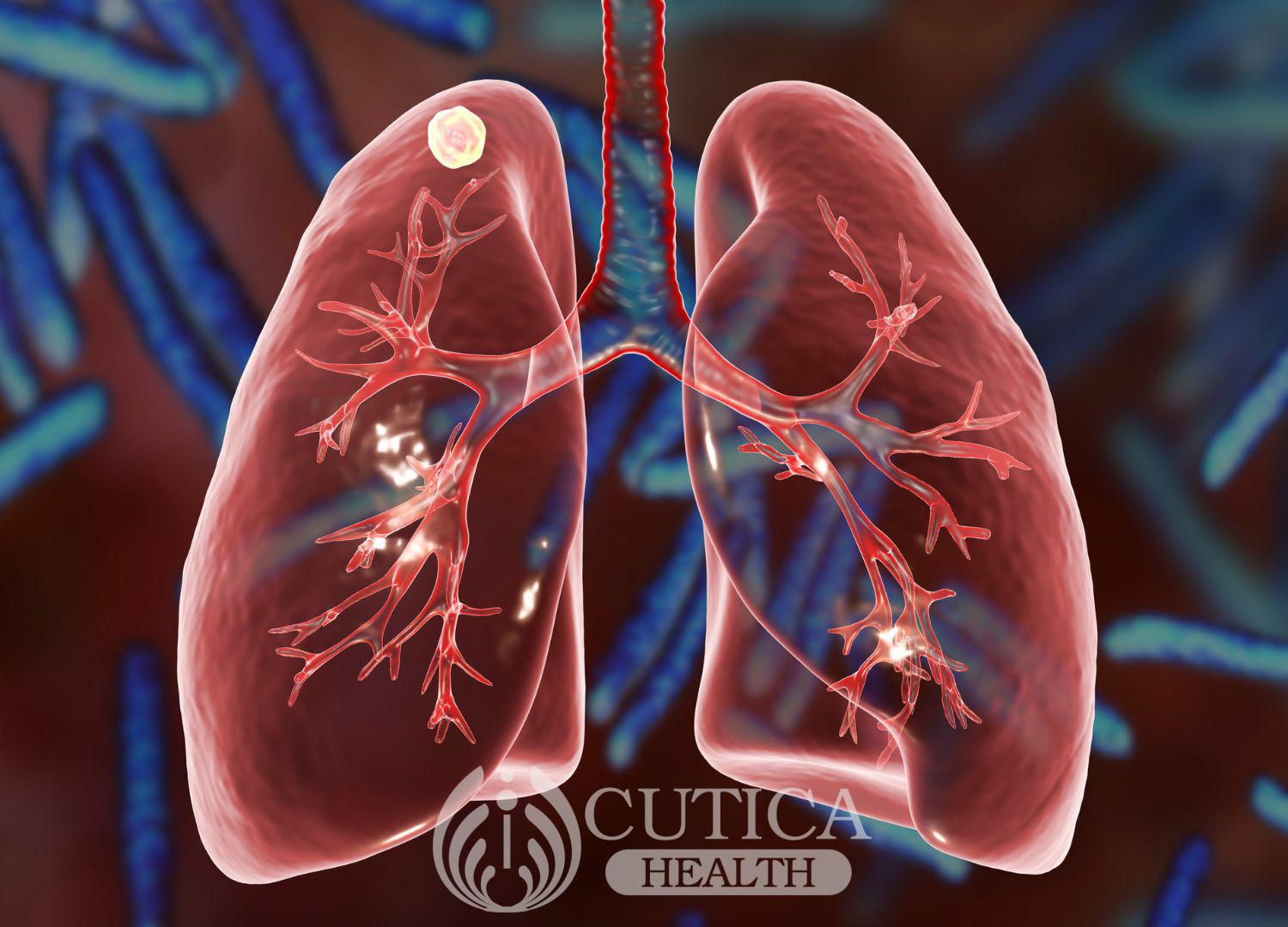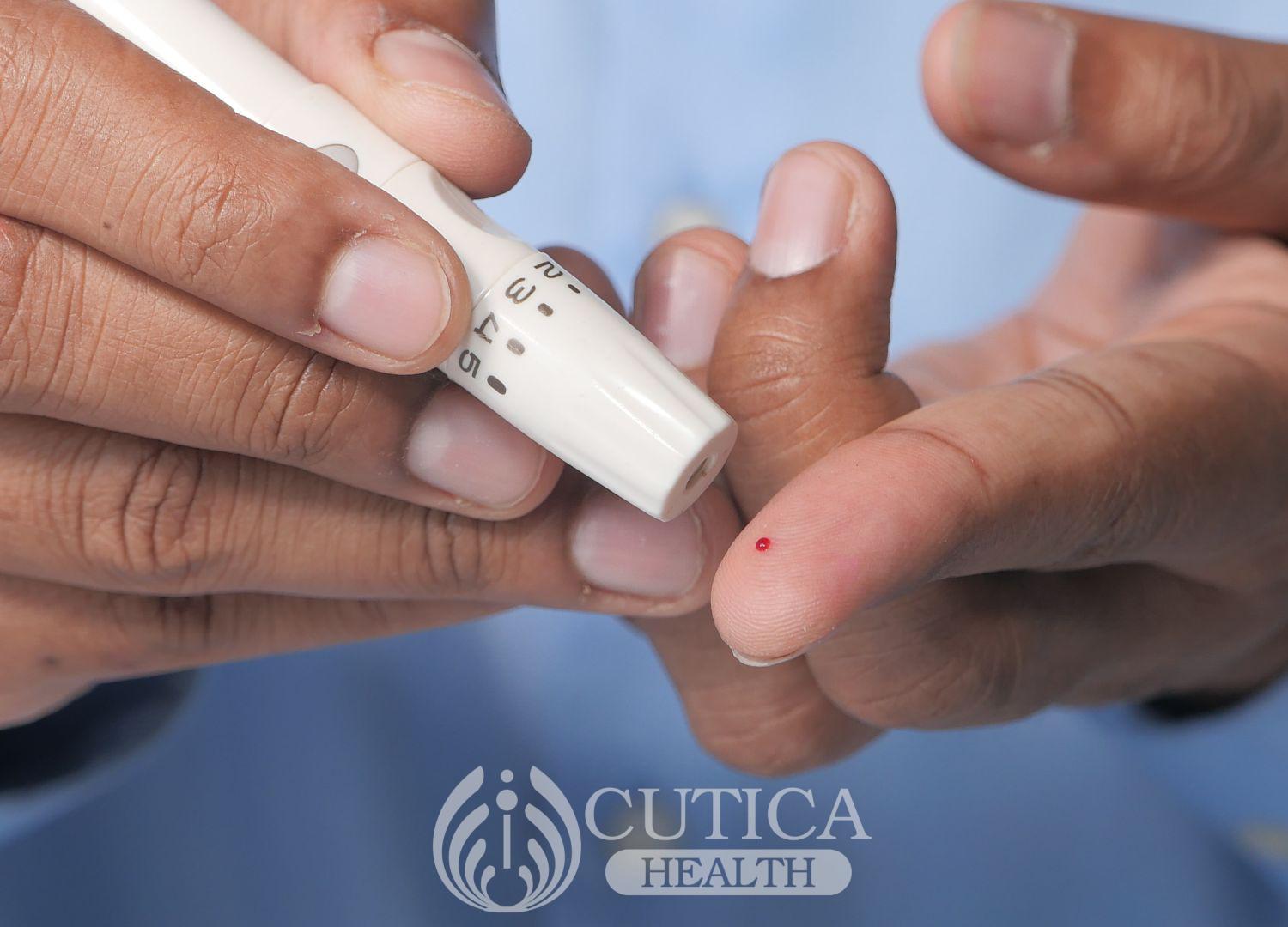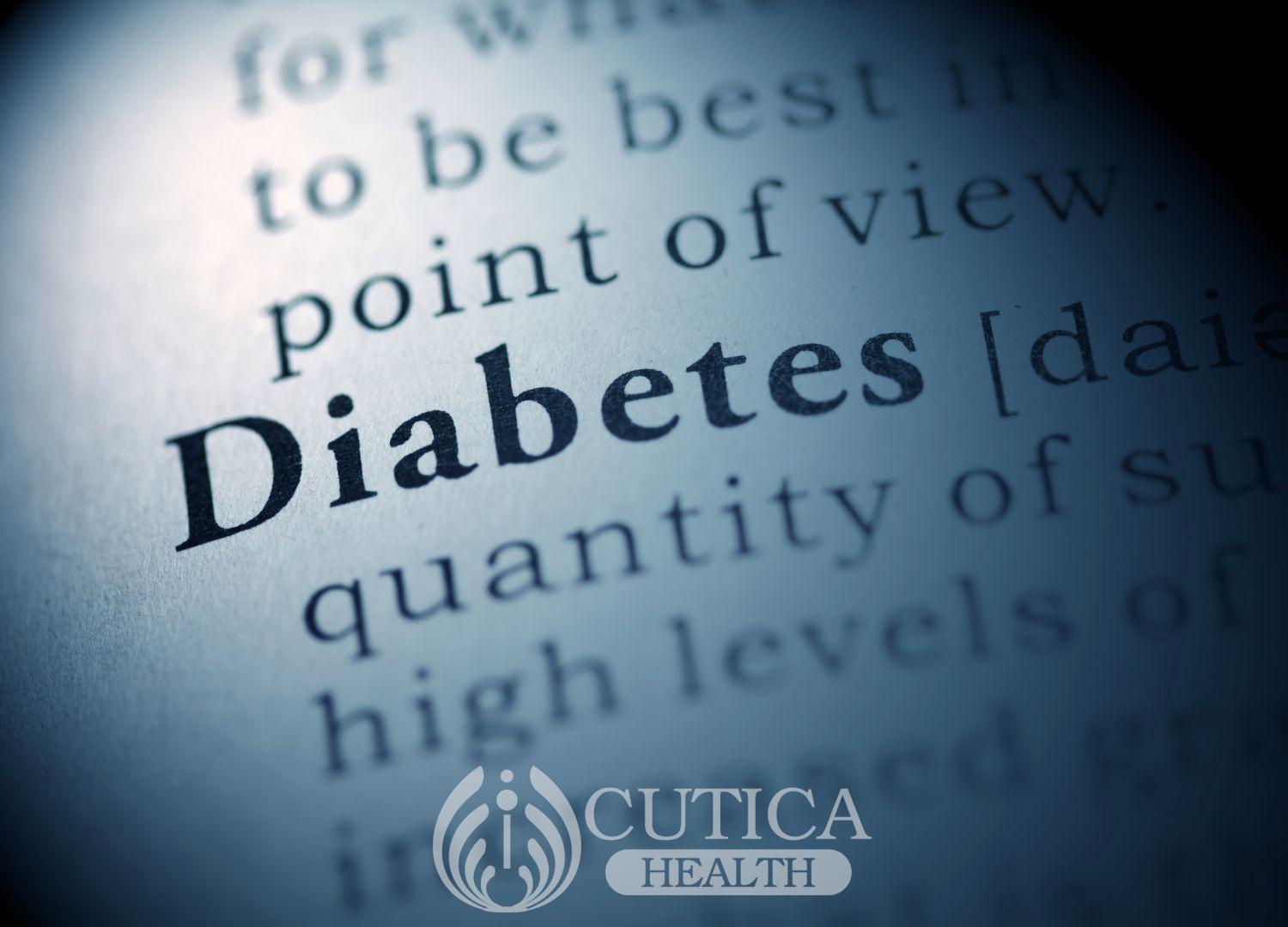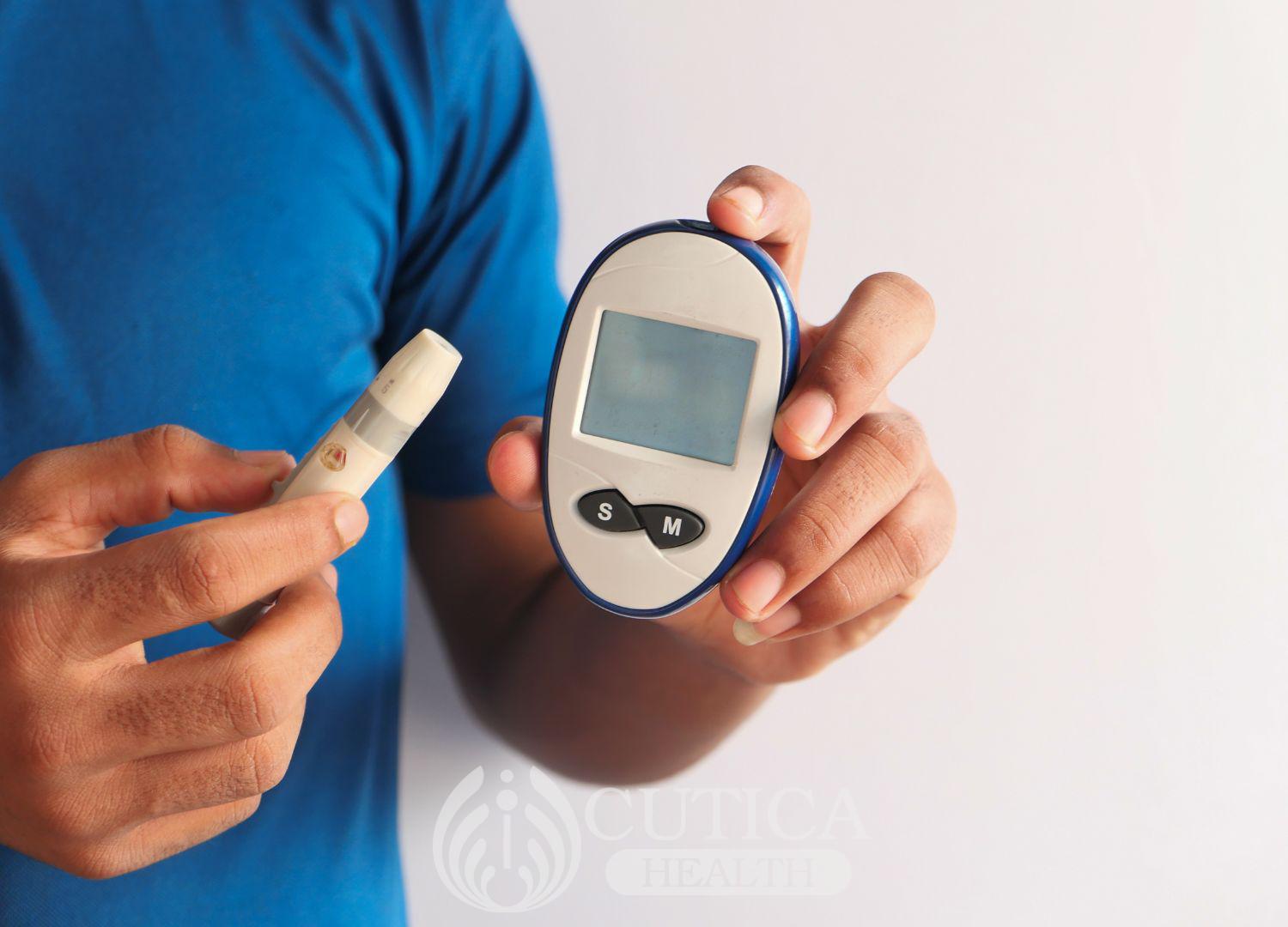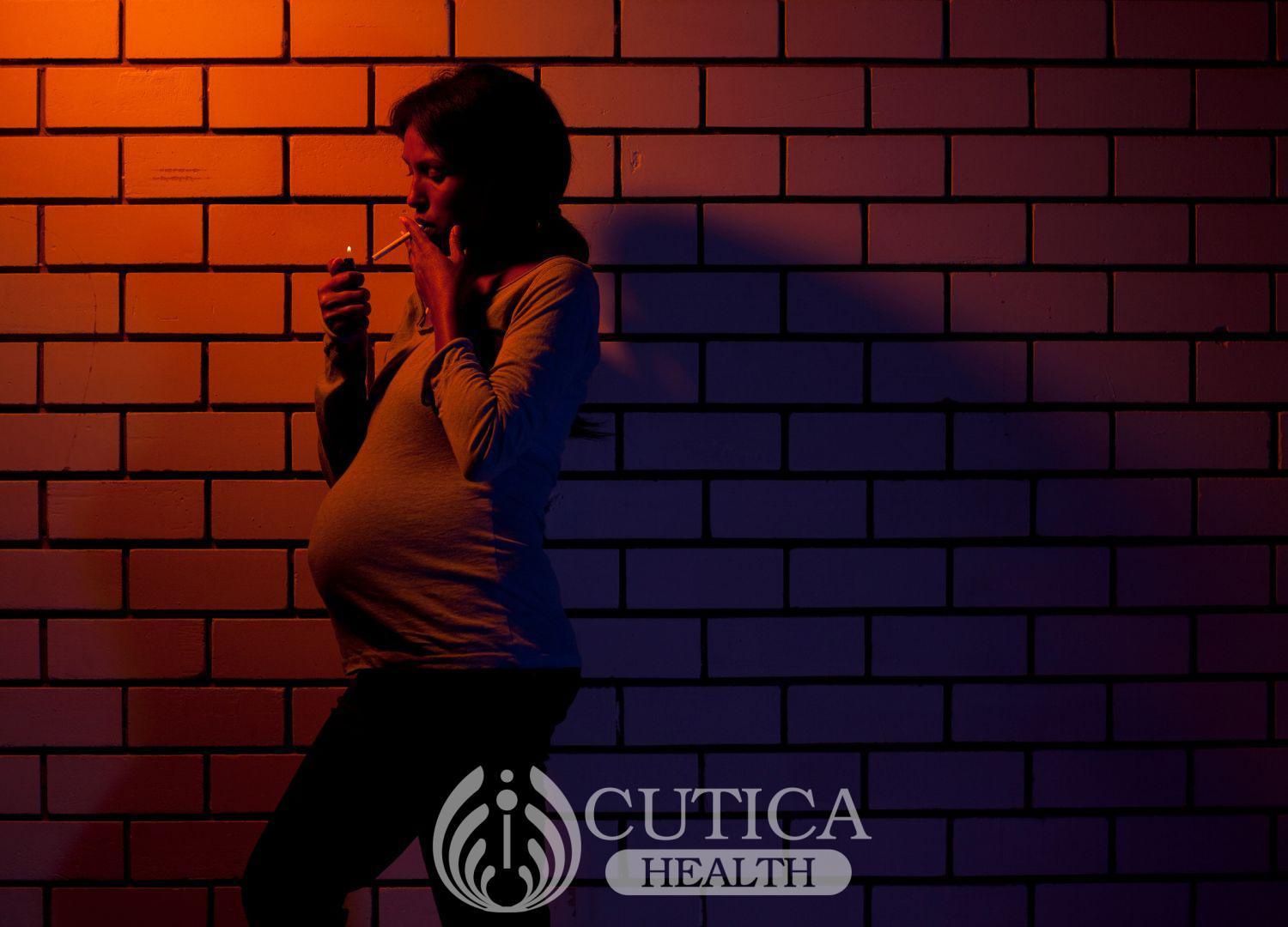
Viola was born to a mother who had been a drug addict since her teenage years. She looked just like every other baby would. But three months later, little Viola started becoming sick. Doctors had advised Viola’s mom earlier on about the risk of transferring HIV to her unborn baby. But she had thrown caution to the wind, ignored doctors’ advice and did not take her HIV medicines.
Everything you need to know about HIV/AIDS
HIV is a virus that harms the body by attacking its immune defenses, leaving it vulnerable to other bugs. The virus can be transmitted via the following routes:
- Transfusion of infected blood.
- Sharing sharp objects such as syringes and needles that are infected.
- Unprotected sexual intercourse
- Mother to child during pregnancy, labour, delivery, or breastfeeding. Without intervention, the rate of transmission of HIV from a mother to her child can be high.
Preventing Maternal to Child transfer of HIV/AIDS
- Know your HIV status. Usually, during antenatal care, specific tests, including HIV test, are carried out on the mother. Knowing your status before pregnancy is the first step to prevent your baby from getting the virus.
- Anti-HIV Medicines. If the woman indeed has HIV, it doesn’t mean she can’t have her children or that she has to terminate the pregnancy. Thanks to advances in medicine, mothers living with HIV can have children with no trace of the virus if they takeHIV medications called antiretrovirals (ARVs). ARVs help decrease the amount of the virus in the body. This reduction helps ensure the baby is safe from getting the virus.
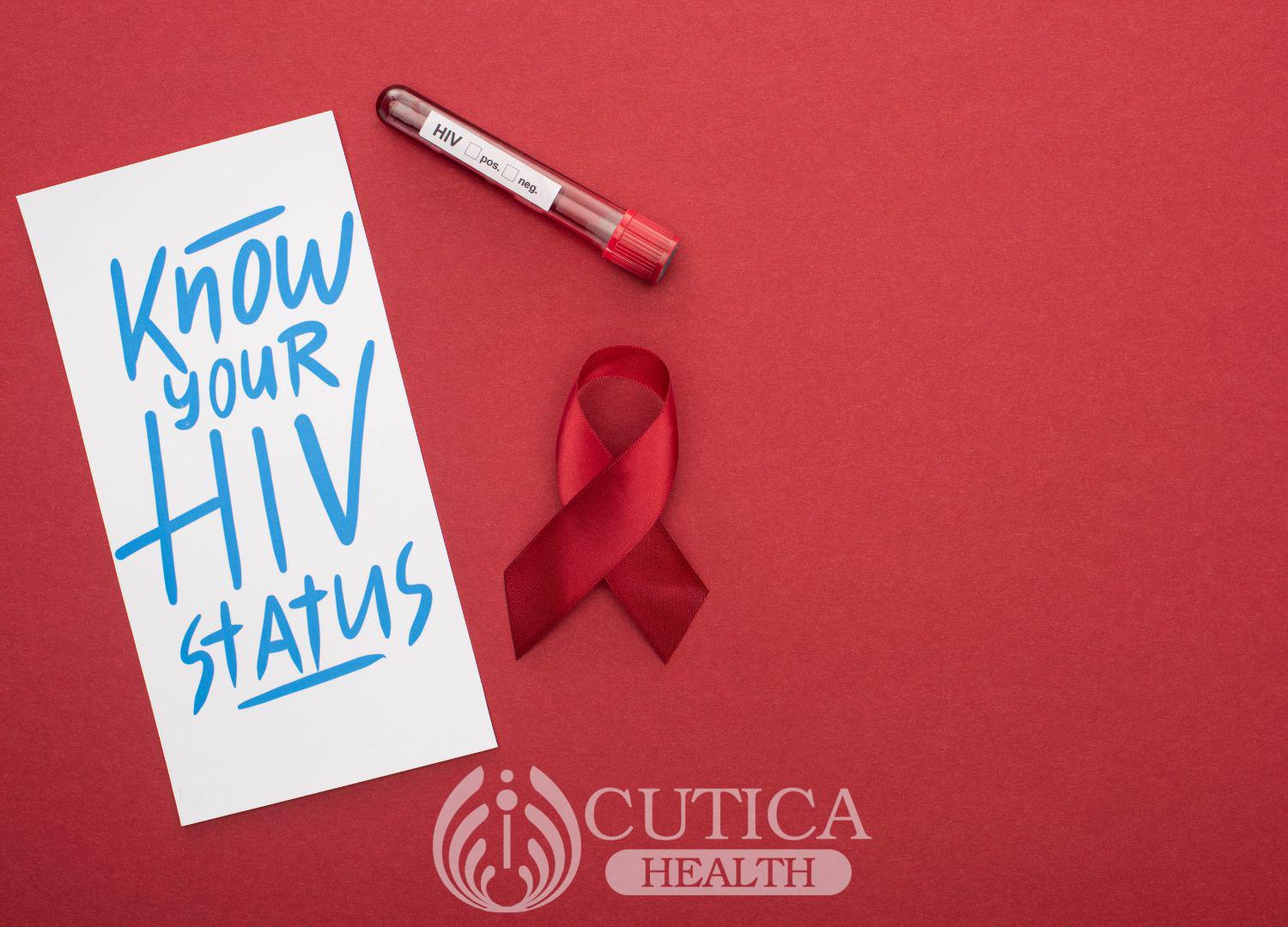
- Breastfeeding: Though babies are recommended to be exclusively breastfed throughout the first six months of their lives, breastmilk also carries a risk of transferring HIV to the baby. Talk to your doctor about this. Many experts advise mothers living with HIV to avoid breastfeeding.
- Preventive medications: Typically, babies born to mothers living with HIV are tested for the infection after birth and placed on preventive medicines if they are negative have had a high exposure risk and are at significant risk of the infection.
What happens when the child has HIV?
Early detection and treatment would help the child to live a healthy and long life. But always remember that prevention is better than cure. Please have regular medical checkups to safeguard yourself and your baby.
While HIV is no longer the killer disease that it once was, it still causes significant health problems. For women who have the infection, there is a risk of transmission to unborn babies during pregnancy and labour. This risk can be virtually eliminated by taking effective medications. Ensure you attend routine prenatal visits and follow your doctor’s instructions to reduce your health concerns and prevent transmission to your unborn child if you have tested positive to the virus. 